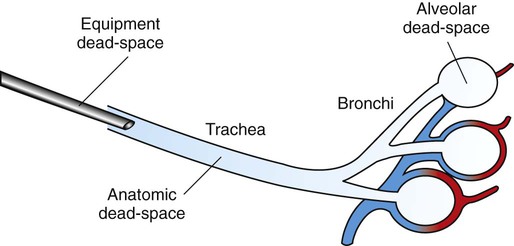

Deoxygenated venous blood consequently passes directly into the arterial system and mixes with arterial blood, decreasing P aO 2.Ī shunt can either be physiological or pathological: Shunting is said to occur when blood passes from the right side to the left side of the heart without taking part in gas exchange. This is exemplified by severe sepsis and cyanide poisoning. This is exemplified by cardiogenic shock and acute limb ischaemia following an arterial embolus.Ĭytotoxic hypoxia – P aO 2, O 2-carrying capacity and O 2 delivery are normal, but the mitochondria fail to utilise O 2 effectively. Stagnant hypoxia – P aO 2 and Hb concentration are normal, but circulatory failure means that tissue O 2 delivery is reduced. This is exemplified by severe anaemia and carbon monoxide poisoning (see Chapter 8). When P aO 2 falls below 8 kPa, there is a steep fall in the saturation of Hb (see Chapter 8, Figure 8.2), which reduces O 2-carrying capacity.Īnaemic hypoxia – P aO 2 is normal but O 2-carrying capacity is reduced. Hypoxaemic hypoxia – caused by low P aO 2.

Hypoxia is therefore classified in terms of failure of one or more of the processes above:

The following conditions must be fulfilled for cells to utilise O 2 for aerobic metabolism:Īdequate arterial O 2 tension ( P aO 2) – blood leaving the lungs must be adequately oxygenated.Īdequate O 2 -carrying capacity – blood must have an adequate haemoglobin (Hb) concentration.Īdequate cardiac output (CO) and arterial flow ensures that the O 2 carried by Hb reaches the tissues.Īdequate mitochondrial function – the cells must be able to use O 2 effectively for aerobic metabolism. This can result from either a failure of O 2 delivery or a failure of O 2 utilisation. Hypoxaemia refers specifically to reduced P aO 2. Hypoxia refers specifically to the situation in which tissues are unable to undergo aerobic metabolism.


 0 kommentar(er)
0 kommentar(er)
